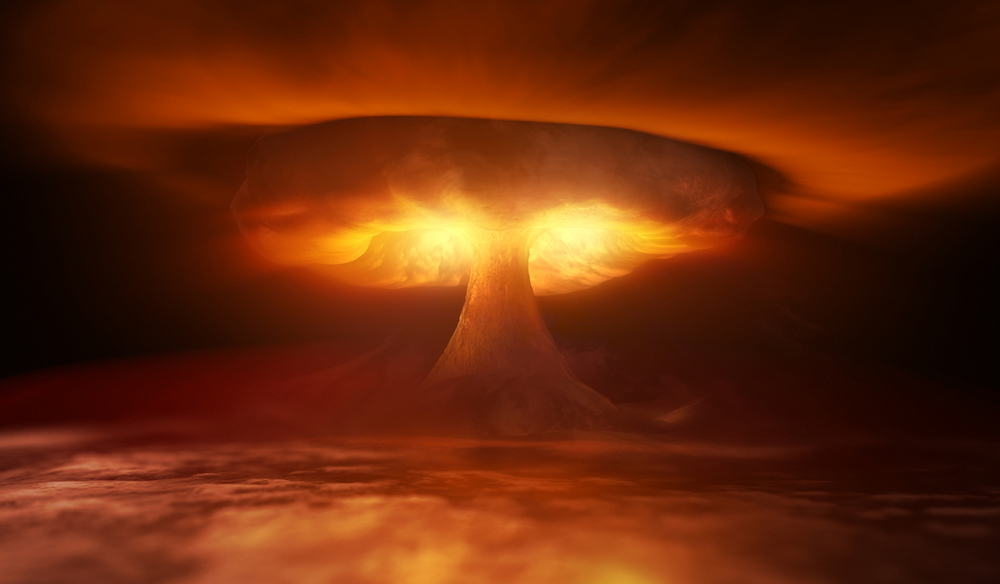Modern methods of recognising underground nuclear tests are not always reliable; they failed to correctly classify a 2017 underground nuclear test by North Korea.
But Dr Mark Hoggard, an Earth scientist from the Australian National University, says that he and his researchers say they have developed a more accurate way, based on seismic data, of identifying underground nuclear tests, including those conducted in secret.
“By using some revised mathematics and more advanced statistical treatment, we have managed to improve the classification success rate from 82 per cent to 99 per cent for a series of 140 known explosions from the United States,” Dr Hoggard said.
“Our new method also successfully identifies all six of the tests conducted in North Korea from 2006 to 2017.”
This could, they say, help international observers better identify tests carried out by countries or actors known to possess nuclear weapons, as well as providing new information about those suspected of being armed.
In the aftermath of the Cuban Missile Crisis and Partial Test Ban Treaty in the 1960s, testing of nuclear weapons moved underground. This eliminated some contamination by radioactive fallout, but the tests still generate a huge amount of seismic energy.
“The explosion goes off, and you have all this energy that radiates out, which can be measured on seismometers,” Dr Hoggard said.
“So, the science problem becomes: how do we tell the difference between that and a naturally occurring earthquake?”
A thorough seismic record of nuclear testing in the USA, largely carried out in the Nevada desert, provides “a really helpful dataset”, Dr Hoggard said.
Dr Hoggard said there may well still be instances of underground nuclear tests being carried out surreptitiously in some parts of the world, and the sheer volume of earthquakes makes it difficult to investigate each event to determine if it is suspicious or not.
“This makes effective methods like ours all the more important,” Dr Hoggard said.
“Another positive aspect of our method is that it doesn’t require any new kit. You don’t have to put up new satellites or anything like that, we’re just using standard seismic data.
“It’s also pretty fast, so it’s more or less suitable for real-time monitoring.”
The research has been published in Geophysical Journal International.



